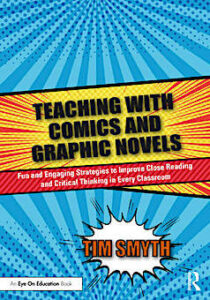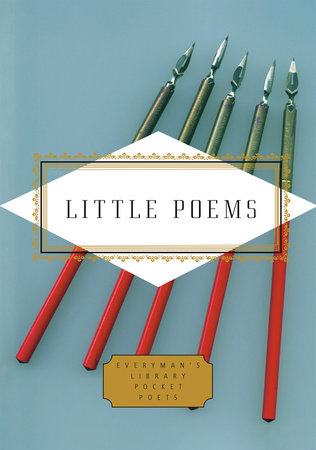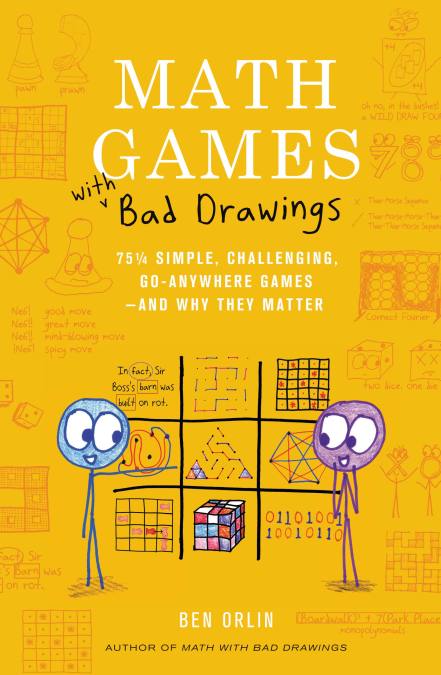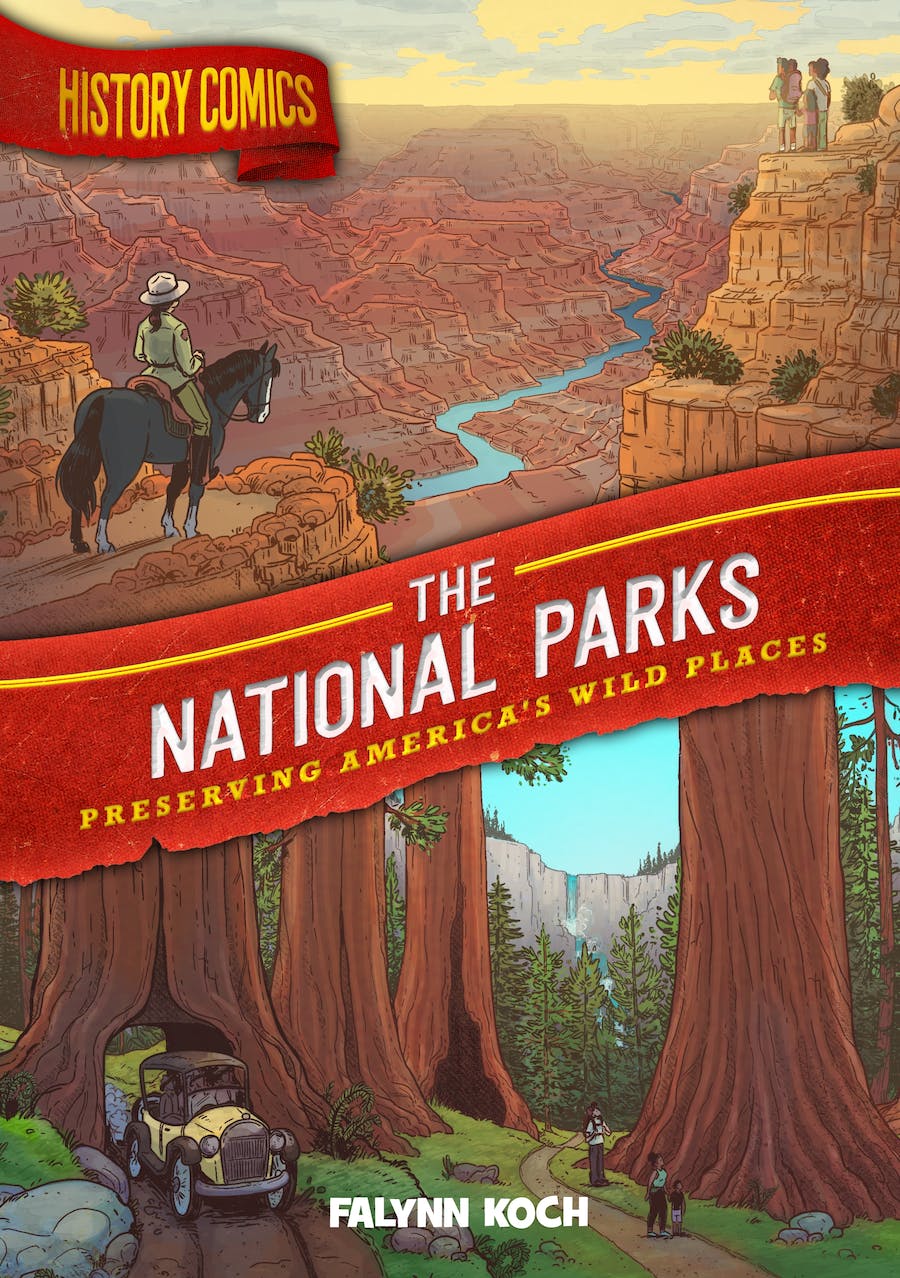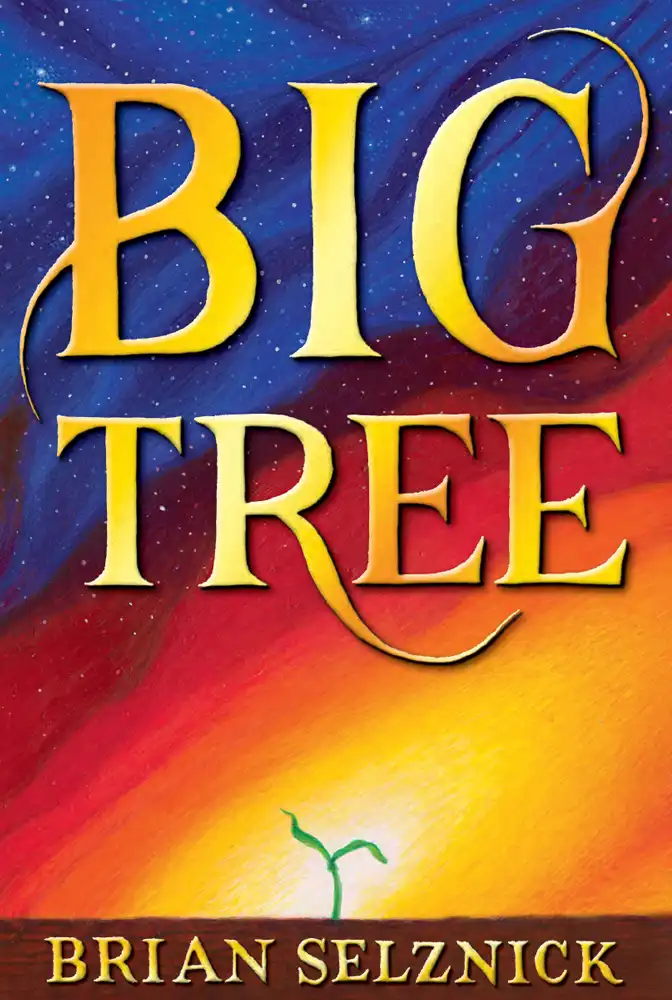
I saw the cover. The Unteachables. By Gordon Korman.
OK. I’m in.
And it was another good one by Korman, who knows how to spin a story by focusing on characters. Here, the so-called “unteachables” is a class of behavior and special education students who are deemed unmanageable, and the teacher they get, Mr. Kermit, doesn’t care.
Or so it seems.
Nearing retirement, and never having outlived a scandal years ago involving a former student who now runs a popular car dealership with his smiling face all over the advertising billboards of town, Kermit bides his time towards early retirement in the classroom by passing out worksheets, ignoring the students, and working on crossword puzzles, killing time.
The situation can’t last, of course, and it won’t, as Kermit slowly unfolds out of himself with the arrival of a new teacher next door (the daughter of the woman he once wanted to marry), stepping up to defend the students he doesn’t even really know when the moment seems right, and then coming to grips with his past, and future, as a teacher.
His students, the unteachables, also start to believe in themselves, and in their teacher, and the story plot moves forward at a steady pace, with a nice mix of humor and seriousness, towards an event where the students have to prove themselves are not “unteachable”,and maybe, if they can pull it off, save Mr. Kermit’s job.
As usual, Korman does a nice job with developing the stories of the students, from the boy who drives his grandmother with increasing dementia around town, hoping she will remember his name; to the former star athlete on crutches who realizes what social popularity really is all about; to the student who is not even a registered student at the school but who wandered into the classroom and stayed; and more.
The Unteachables reminds us that there is, in fact, none of those “unteachable” kinds of students in our schools, but reaching out to them, and making a positive impact on their lives, depends upon the shared humanity of us all — that it’s imperative that we find the stories that define us. That includes teachers.
Peace (teaching it forward),
Kevin
